'We are ready for the assault': Ukraine's war-weary troops brace for new onslaught from Russia
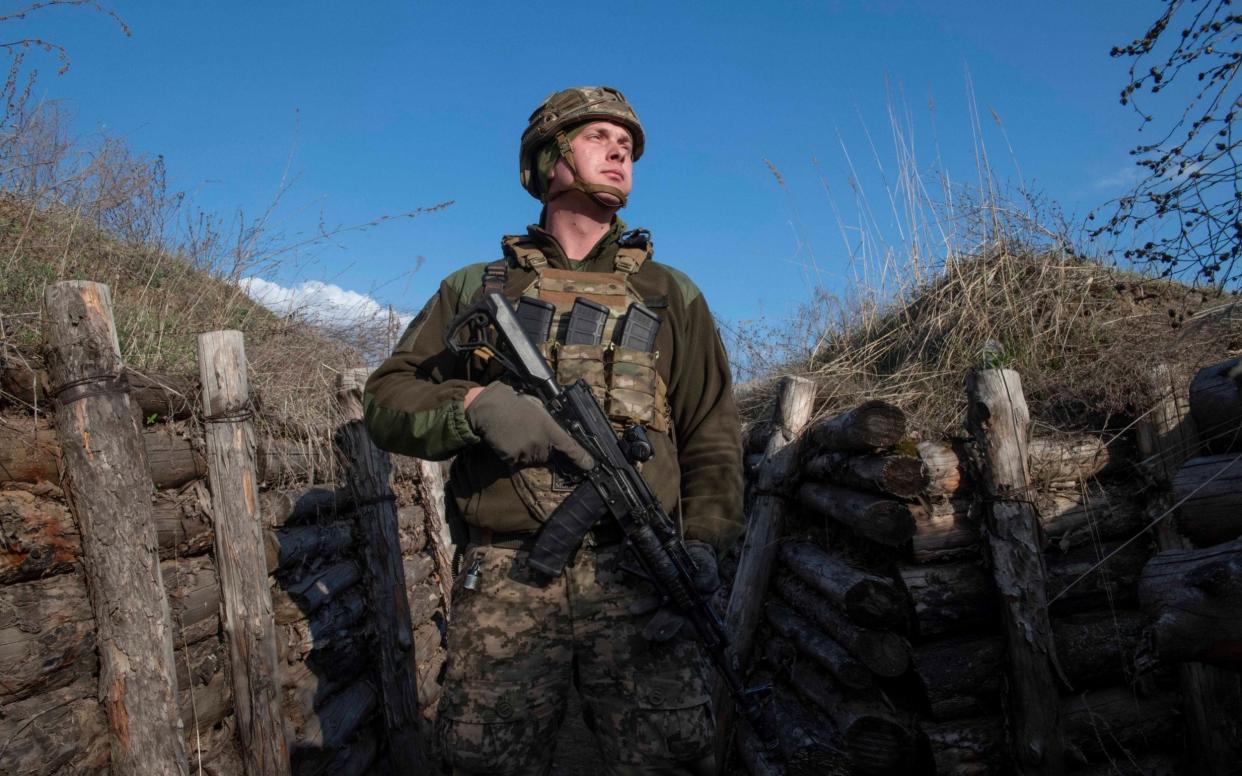
Spring is arriving slowly in the town of Avdiivka.
Tightly-wrapped buds are appearing on the birch trees turned grey by the soot of the nearby chemical factory.
The ploughed black earth is speckled with the earliest green shoots of the year’s crop.
And once or twice a day, the rattle of automatic weapons fire briefly breaks the silence of the winter ceasefire.
“They’re celebrating Easter,” said Sasha Iovenko, a 33-year-old combat medic who has served for five years on the frontlines of Ukraine’s forever war. “They always shoot at us then.”
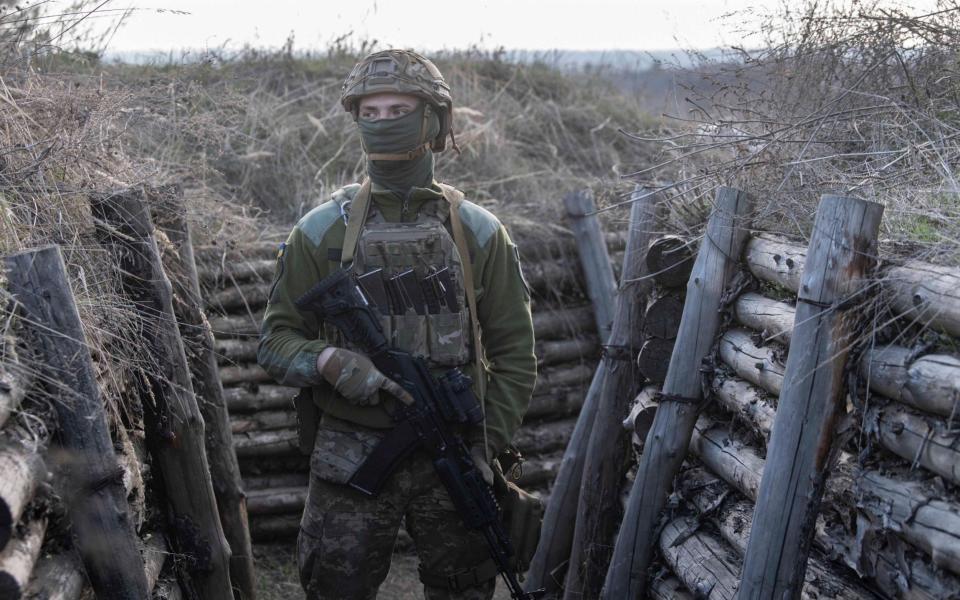
There has been a lot of that kind of thing since February, said Sgt Iovenko, when Russian-backed separatists on the other side of no-man’s land began “testing” the Ukrainian troops after a peaceful winter.
A week and a half ago, Sgt Iovenko attended to a soldier killed by a snipers’ bullet. On Friday morning there was another brief exchange of fire, but no one was hurt.
After seven years, the cycle of violence on Eastern Ukraine’s frontlines is not so much one of fear and loathing as weariness and uncertainty.
But this spring there is a new menace in the air.
The Ukrainian government says over the past few weeks that Russia has massed 40,000 troops with advanced equipment in Crimea and another 40,000 in regions close to Ukraine’s eastern border.
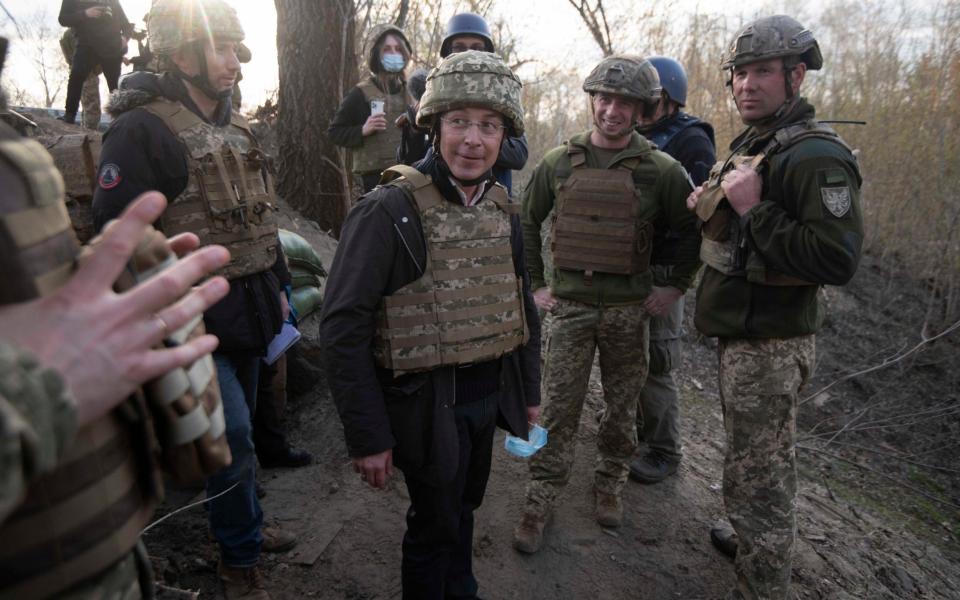
The concentrations include elite Infantry, vehicles, tanks, rocket artillery, electronic warfare units, air-defence systems, fuel tankers, and field hospitals.
Add in the 30,000 mixed separatists and Russian troops thought to be permanently present in the self-proclaimed Donetsk and Luhansk People’s republics, and it combines to a force larger than anything seen since the height of the war in 2014 and 2015.
Is Russia planning a new invasion? Or is it just pretending to?
Only Vladimir Putin knows the answer.
And Major General Viktor Ganushchak, the deputy commander of what Ukraine calls its Joint Forces Operation, is visibly irritated by the question.
“I can’t tell you what’s going through the heads of the political leaders in the Kremlin,” he barked at a briefing in a commandeered building just north of the frontline.
“We can see the increase in the number of troops and equipment on our border but we cannot say for certain. We cannot make any kind of forecast. But they are bringing battalion tactical groups to our border. We are ready for the assault if it will happen.”
His main preoccupation, he says, is restraining his forces from responding to provocative shelling and shooting from the other side.
Both sides have always denied breaching the ceasefire since 2015. But the danger of providing the Kremlin with a pretext for intervention clearly worries commanders here more than usual.
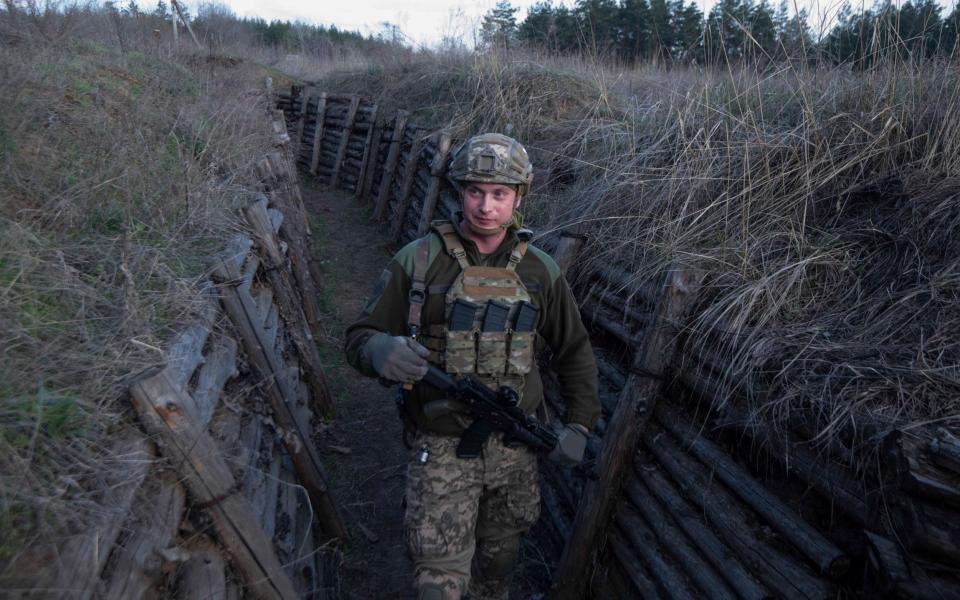
The war in Donbas began seven years ago this month, when a group of gunmen led by a desperado former Russian intelligence colonel began seizing police stations in the Donetsk and Luhansk regions.
In February 2015 the last great tank and artillery battle ended with a Russian victory and a ceasefire deal that left Moscow and its local proxies in control of a swathe of the Donetsk and Luhansk regions.
But when the war of manoeuvre stopped, the war of attrition began.
Men on both sides dug in. The peace-process soon hit a dead end as Ukraine resisted implementing a deal it had signed at gunpoint.
Every year since, trenches have got deeper, ceasefires have been declared and broken, and the casualty count has slowly mounted.
Previous flare-ups have seen heavy artillery and intense infantry battles fought over strategic patches of no-man’s land.
“If you compare it with the ceasefire, it is an escalation. If you compare it with what it was like before, it’s not much,” said the commander of the Ukrainian brigade holding the northern bank of the Seversky Donets river in the town of Schastiye.
Asked the same impossible question about Russian intentions, he gestured over the parapet of the trenches at the separatist lines just across the river.
“We’ve seen them getting a bit more active. They’ve reoccupied some observation posts they haven’t used for a long time. But in our sector there has been nothing… systematic,” he said.
What happens next on the rolling Donbas plateau will be decided far away.
Russia has made clear it sees the conflict in Ukraine in the context of a wider confrontation with the United States and the West.
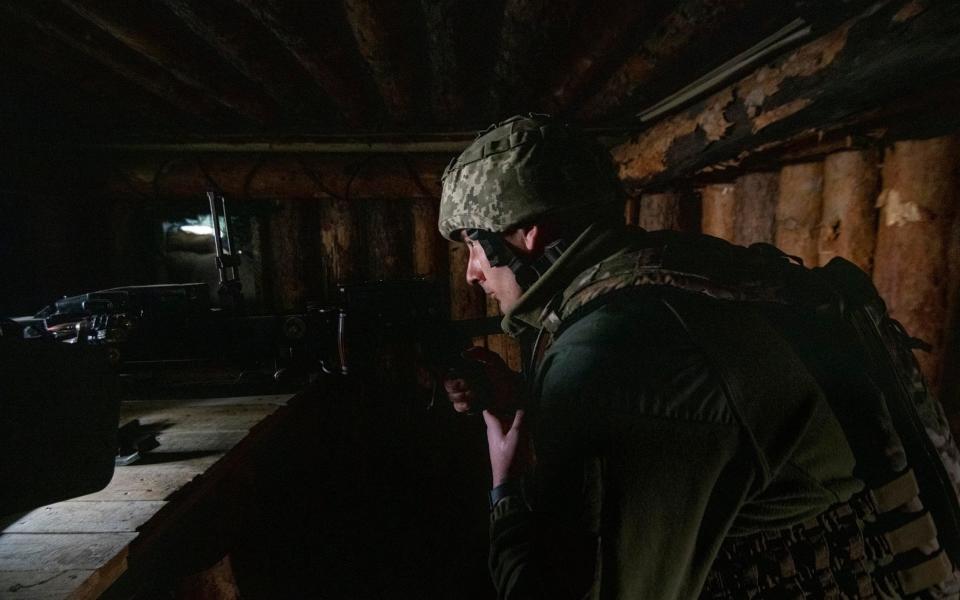
Vladimir Putin has shown a preference for discussing the fate of the conflict with US president Joe Biden. It is expected to be at the top of the agenda at a mooted US-Russian summit later this year.
One popular theory is that Russia is using the threat of invasion to push Ukraine to honour the 2015 Minsk peace deal. Ukraine has resisted implementing political elements of the deal, which it feels are designed to give Russia a permanent trojan horse to allow it to control Ukraine's foreign policy.
In Kyiv, the idea of other leaders deciding the fate of this conflict without a Ukrainian delegation at the table rankles.
But in a way, casting the war in international terms also suits Ukraine.
President Volodymyr Zelenskiy, like his predecessor Petro Poroshenko, is constantly telling his foreign counterparts that the wearisome death match is a challenge not just to Ukraine, but to Europe and the West as a whole.
That, he argues, is why Ukraine deserves western support.
For now, the people of Donbas must make what they can of the fate made in far away capitals.
Pensioners cycled slowly past shells of nine-story apartment blocks gutted by artillery duels in another escalation four years ago, while a male pheasant pecked his way along the edge of a field sown with landmines.
They seemed oblivious to the war as they were to any other immovable, impersonal feature of the landscape or the seasons.

